نبذة مختصرة : 2.AbstractThe semi-arid coast of Chile is exposed to many natural hazards, such as tsunamis, storms and floods. These extreme events have caused significant human and economic losses along the Chilean coast in recent decades. Since these extreme events are by nature relatively rare, it is essential to reconstruct these extreme events over time to identify a recurrence or non-recurrence of these events on a longer time scale. This understanding can help decision makers clarify the vulnerability or risk of a coastal zone. In this context, the study of sedimentary deposits in coastal areas (lagoons or deltas) can provide interesting information on past extreme events. In this study, we focus on the Coquimbo de Chile working in topographically low areas, sensitive to immersion phenomena or flood region. We carried out our research in two different geographical sites, “Pachingo” and “Los Choros" 110 km apart. At the “Pachingo” site, we studied sedimentary archives taken from a lagoon and at the “Los Choros site”, we studied sedimentary archives taken from a coastal fluvial terrace. On these sedimentary archives, we carried out a multi-proxy study (particle size, geochemistry, diatom, pollen) and 14C and 137Cs dating. The results obtained reveal that the northern zone of “Coquimbo”, “Los Choros”, has made it possible to identify intense paleo-floods in relation to the “El Niño” phenomenon. We identify flood events from 1957, 1965, 1984, 1987, 1991, 1997, 2002, 2015 and 2017. We show that coastal fluvial terraces can be good objects to reconstruct past floods. These terraces can also record paleo-tsunamis in some cases, such as the one in 1922, for example, which was one of the most intense events that affected the entire coastal area of the Coquimbo region. These results are confirmed through tsunami numerical modeling work. Regarding the southern area, we show that the “Pachingo” lagoon is sensitive to marine immersion events (tsunamis and storms). We were able to identify the tsunamis of 1420 and 1922, as well as ...
 Processing Request
Processing Request
 Processing Request
Processing Request


No Comments.